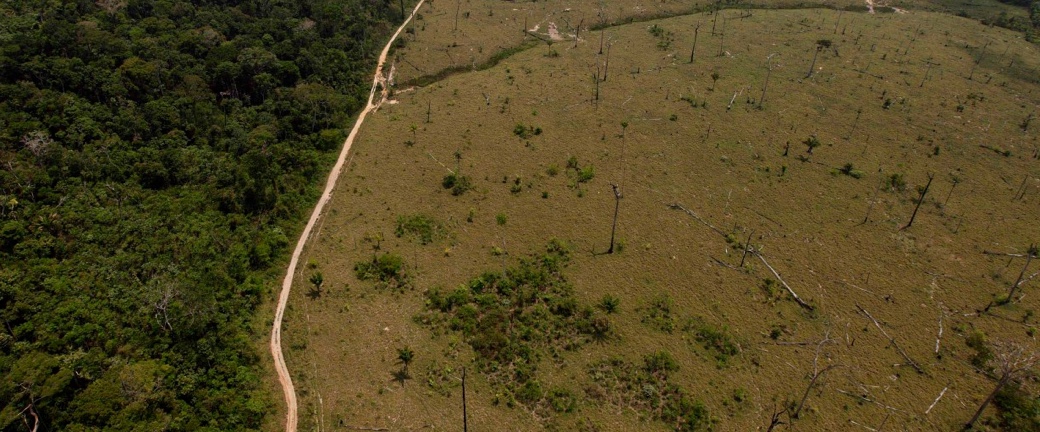
Zooming In: “Sustainable” Cocoa Producer Destroys Pristine Forest in Peru
This post is part of WRI’s blog series, ‘Zooming In’. The series uses the Global Forest Watch platform to explore threats, changes and opportunities in forests around the world.
Support in change.orgUnited Cacao, a publicly-traded, commercial producer of the raw material that goes into chocolate—its symbol on the London Stock Exchange is CHOC—has earned some unwelcome attention recently for its large-scale clearing of trees in the middle of the Peruvian Amazon. Reports about the clearing of more than 2,000 hectares (5,000 acres) of trees in Intact Forest Landscapes first emerged from Mongabay, then at outlets including Confectionary News, Ojo Público and The Guardian. Intact Forest Landscapes are the world’s last remaining large, undisturbed forests, containing no signs of fragmentation by infrastructure and logging such as roads, mining and oil and gas development. The Amazon is the world’s largest remaining continuous Intact Forest Landscape.
As shown on the Global Forest Watch map below, this controversial patch of land is a dot in the jungle in Peru’s Loreto region. However, this area holds some of the most carbon-rich and biodiverse forest on the planet and is part of one of the last vast expanses of untouched ecosystems in the world.
Related data
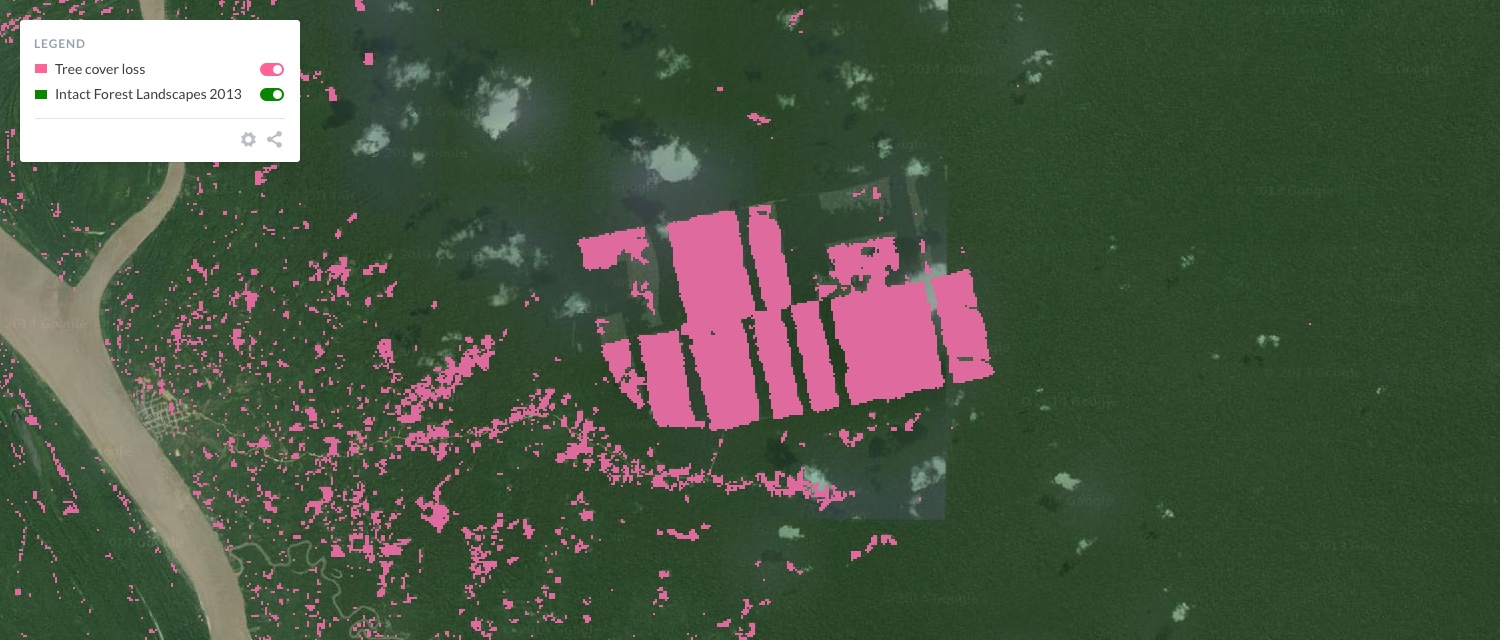
Peru’s government initially ordered United Cacao to halt operations, as environmental impact assessments and land use rights were called into question. Yet, a local court recently ruled the clearing to be legal, which allowed United Cacao to resume clearing and planting. This suggests that as cacao production expands in Latin America, and companies like United Cacao set their sights on fertile forested regions, such activities could become a trend.
This may put United Cacao—and other operators if they follow in United Cacao’s footsteps—at odds with a growing push toward corporate zero-deforestation commitments from major commodity suppliers and buyers. More than 60 percent of palm oil buyers have promised not to buy oil associated with deforestation, and other industries are quickly following suit. Some scientists have already warned investors that buying from United Cacao would be inconsistent with sustainable investment or procurement policies.
This doesn’t mean that all land is off limits for agriculture. New research is increasingly showing how companies can avoid further deforestation by expanding sustainable agriculture onto already degraded lands. A recent study mapped 125 million hectares globally (309 million acres, or an area almost as large as Peru itself) of low-carbon, degraded land that is potentially suitable for agriculture. Under the right conditions, expanding cacao production could be diverted toward some of this land. This would prevent clearing of carbon- and biodiversity-rich forest as well as increase agricultural productivity on degraded land, resulting in climate mitigation, biodiversity conservation and livelihood protection.
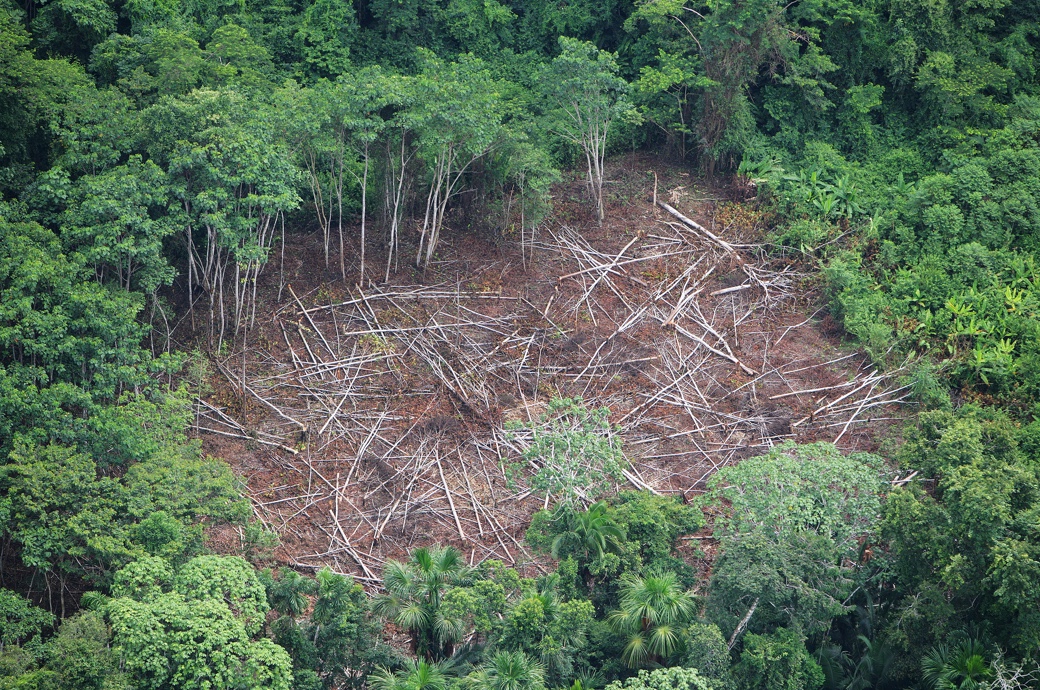
However, United Cacao is currently acquiring more land for its operations—more than 4,000 hectares (nearly 10,000 acres) by the end of 2015—and plans to add 1,250 hectares (3,000 acres) to its 2,000-hectare (5,000-acre) plantation by the end of 2016. For its existing operations, sustainability may already be beyond reach. But for any future expansion, the company should seek out (or swap for) available degraded land rather than encroaching upon more carbon-rich forest.
Holding companies accountable with near real-time data is increasingly important to preserving pristine forests. Improving transparency around destructive activities helps set high standards for good corporate behavior in the region and beyond. As the story continues to unfold, you can remotely monitor changes on the ground using FORMA Alerts and Terra-i data via the Global Forest Watch platform.
By Octavia Aris Payne and Sarah Alix Mann

 by
by 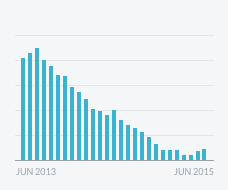

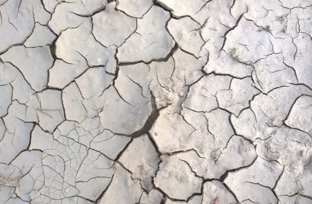























Comments
Post a commentby Sajjad MalikOct 5, 2015
Sed ut perspiciatis unde omnis iste natus error sit voluptatem accusantium doloremque laudantium, totam rem aperiam, eaque ipsa quae ab illo inventore veritatis et quasi architecto beatae vitae dicta sunt explicabo. Nemo enim ipsam voluptatem quia voluptas sit aspernatur aut odit aut fugit.